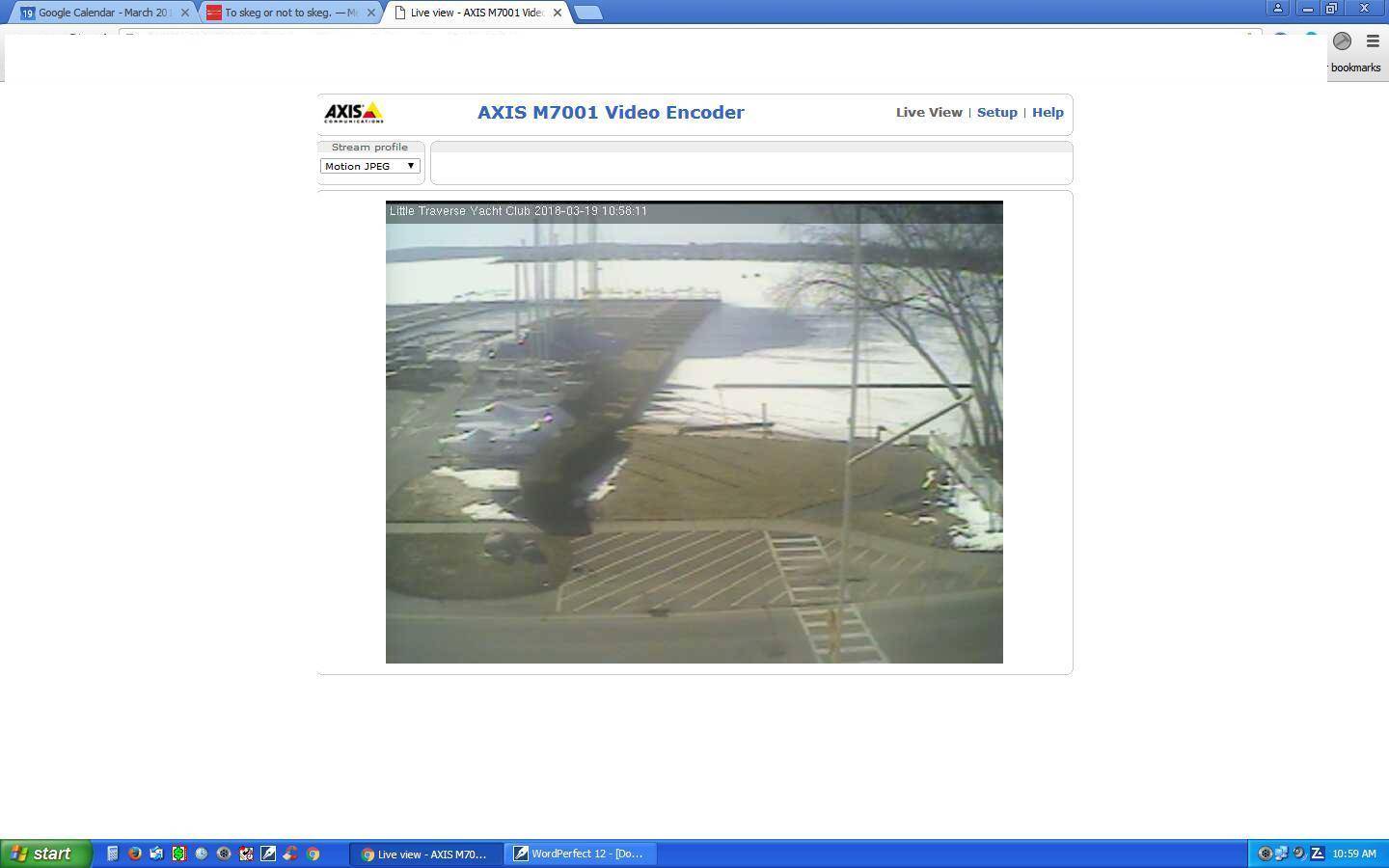My thoughts, in no particular order:
It looks to me like the Aspire 105 only has flotation in the back. That means if you get caught out in chop big enough to dump water over the coaming into the boat, you could end up with the boat (barely) floating with the bow pointing down towards the bottom of the river or lake. There’s a reason they say it’s for flat protected waters. The safest kayaks have enough flotation in both the front and the back to float flat (whether right-side-up or upside-down) no matter what. So you can at least grab on and stay afloat even if you get a cramp, and so you have a chance of being able to get back in it or on it even if you can’t get it to shore. I’m not familiar with the waters you mentioned, so I have no idea how big an issue this is for you.
Many short kayaks do not track well. They waggle back and forth quite a bit with each paddle stroke. In tame conditions this is just annoying and inefficient, but it can cause a capsize when going downwind in rough conditions. I have tried one short kayak that tracked surprisingly well, but unfortunately I don’t remember anything about it besides that it was yellow. Sorry. It belonged to a neighbor.
In tame conditions neither a rudder nor a skeg is really necessary. Deploying a skeg can allow you to coast in a straight line when you stop paddling, instead of following a curve in the direction opposite your last paddle stroke. A rudder can give you the additional choice to describe a curve in the opposite direction if you like.
Where you truly need a rudder or skeg (either will do) is when trying to paddle in any downwind direction other than directly downwind when the wind is strong. In a kayak with neither skeg nor rudder, no matter how hard you paddle on one side, even if you don’t even bother paddling on the other side, the boat will veer off course.
I like a skeg better than a rudder in rough conditions (in a sit-inside kayak), for three reasons. One, they tend to be less prone to damage. Two, being located closer to the middle of the kayak means they are less likely to be lifted completely out of the water when paddling in big waves (admittedly, this is a bigger issue in my 17’-8" sea kayak than it would be in a 10-ft kayak). Third, the foot braces are always fixed solidly in position, allowing for very secure bracing when the kayak rocks and rolls. That said, the better rudder systems also have fixed foot braces with the rudder controlled only by the toe part at the top.
If you would be willing to cartop your kayak(s) on a sedan rather than a van, you could easily transport long kayaks using Yakima Hully Rollers (or similar) installed on the rear bar. I used to do it by myself with a Subaru Legacy sedan. To get the 17’-8" sea kayak on the car, I used a carpet scrap to protect the car from the trunk edge to the top of the rear window. I positioned the kayak diagonally on the ground so the stern was behind the car and the bow was next to the car, about even with the back Yakima bar. I lifted the bow up and over so the middle of the kayak was resting on the trunk edge and the stern was still on the ground. Then I went to the back and lifted the stern until the bow was on the Yakima bar between the rollers, then pushed the kayak forward on the rollers until it was pretty much in position, and let the front down onto the front saddles.
We transport a 13’-5" long Hobie Revolution 13 on/in our F150 truck bed. It’s a 6-1/2 ft bed, and the lowered tailgate adds about 2 ft, so the center of gravity is supported. It does stick out a fair bit, so when we park in the grocery-store parking lot we have to pull forward past the line between spots to keep the kayak from sticking out where it could be hit.
